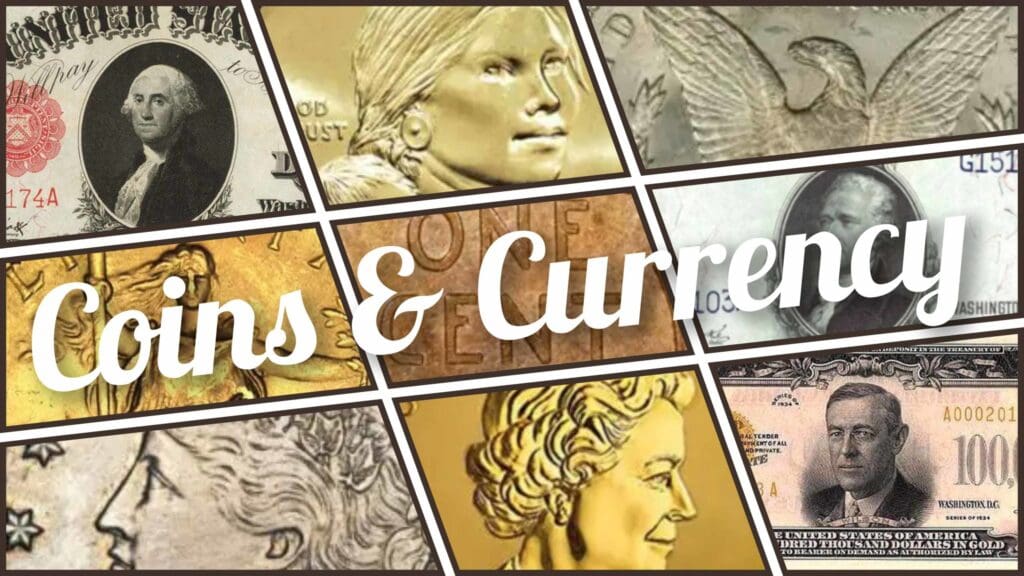
Coin Collecting
Coin collecting, also known as numismatics, is a popular hobby that involves collecting and studying coins. It is a fascinating pursuit that combines history, art, and the thrill of acquiring rare and valuable pieces. Coin collectors, known as numismatists, actively search for coins from different time periods, countries, and denominations, aiming to build a comprehensive and diverse collection.
The hobby of coin collecting offers several benefits. First and foremost, it allows individuals to explore and appreciate the rich history associated with coins. Each coin represents a unique story, reflecting the culture, politics, and economic conditions of the time in which it was minted. Coins provide valuable insights into ancient civilizations, historical events, and the evolution of monetary systems.
Coin collectors often find joy in the aesthetics and artistry of coins. Throughout history, coins have been designed with intricate engravings, symbols, and portraits of influential figures. The study of coin designs and their symbolism adds an artistic dimension to the hobby, making it visually stimulating and rewarding.
Additionally, coin collecting can be an investment opportunity. Rare and sought-after coins can appreciate in value over time, making them a potentially profitable asset. However, it's important to note that not all coins increase in value, and collectors should exercise caution and thorough research before making significant investments.
Now, let's delve into some of the more famous coins in history.
The Lydian Lion
Minted in the ancient kingdom of Lydia in the 6th century BCE, the Lydian Lion is considered one of the earliest coins. These coins were made of electrum, a natural alloy of gold and silver, and featured a lion design on one side.
Roman Denarius
The Roman denarius was the principal silver coin of ancient Rome, minted from the 3rd century BCE to the 3rd century CE. It bore the portrait of the reigning emperor on one side and various mythological or historical figures on the reverse.
Greek Tetradrachm
The Greek tetradrachm was a widely circulated silver coin during the Classical period of ancient Greece. One of the most famous tetradrachms is the Athenian Owl, minted in Athens. It depicted the owl, the symbol of the city, on one side and the goddess Athena on the other.
Spanish Piece of Eight
The Spanish Piece of Eight, also known as the Spanish dollar, was a silver coin widely used in international trade during the colonial era. It was minted in various Spanish colonies and featured the Pillars of Hercules and two globes on the obverse.
U.S. Double Eagle
The U.S. Double Eagle is a $20 gold coin minted in the late 19th and early 20th centuries. The Saint-Gaudens Double Eagle, designed by renowned sculptor Augustus Saint-Gaudens, is particularly famous for its exquisite artistry.
British Sovereign
The British Sovereign is a gold coin that has been minted since the early 19th century. It features a portrait of the reigning British monarch on the obverse and the iconic image of St. George slaying the dragon on the reverse.
South African Krugerrand
The South African Krugerrand is a gold bullion coin first minted in 1967. It was the world's first modern gold bullion coin and played a significant role in popularizing gold investment globally.
These are just a few examples of famous coins throughout history. Coin collecting offers a vast array of possibilities, with countless coins to explore from different regions, time periods, and designs. It's a hobby that provides both intellectual stimulation and aesthetic enjoyment to enthusiasts worldwide
Paper currency Collecting
Paper money collecting, also known as notaphily, is a popular hobby and a field of study that focuses on the collection and study of paper currency. Collectors of paper money, known as notaphilists, seek to acquire banknotes from different countries, historical periods, or specific themes. Here's some information about paper money collecting:
History
The use of paper money dates back to ancient China, where it was first introduced during the Tang Dynasty (618-907 AD). Paper money gradually spread to other parts of the world, evolving into the banknotes we use today.
Collectible Banknotes
Collectible banknotes can be obtained from various sources, including banks, currency exchanges, auctions, online marketplaces, and specialized numismatic dealers. Banknotes can be collected individually, in sets, or by themes such as a particular country, period, or specific design features.
Types of Banknotes
Banknotes can vary significantly in terms of design, size, material, and security features. Some countries issue commemorative banknotes to mark significant events or honor prominent individuals. Other types include specimen banknotes (issued for testing purposes), error banknotes (with printing mistakes), and replacement banknotes (issued to replace damaged or faulty notes).
Grading and Preservation
The condition of a banknote greatly affects its value. Collectors use a grading scale, such as the Sheldon grading scale, to assess the condition of a banknote. Proper preservation is essential to maintain a banknote's condition, including storing them in protective sleeves, avoiding exposure to direct sunlight, humidity, or extreme temperature changes.
Rarity and Value
The value of a banknote depends on factors such as rarity, condition, historical significance, and collector demand. Rare banknotes from historical periods, limited-issue notes, or those with unique design elements tend to have higher values. The value can fluctuate due to market demand and availability.
Research and Study
Serious collectors often delve into the historical and cultural context behind the banknotes they collect. Studying the history, symbolism, and artistic aspects of banknotes can enhance the enjoyment and understanding of the collection.
Communities and Organizations
There are numerous online forums, websites, and social media groups dedicated to paper money collecting. These platforms provide opportunities to connect with fellow collectors, share knowledge, exchange or trade banknotes, and stay updated on the latest trends and discoveries. Additionally, there are national and international organizations, such as the International Bank Note Society (IBNS), that promote the study and appreciation of paper money.
Exhibition and Display
Many collectors enjoy exhibiting their banknote collections at shows, fairs, and museums. Display options include albums, frames, or specially designed cases that protect and showcase the banknotes while allowing for easy viewing.
Enjoy the journey of building a collection that reflects your interests and appreciation for the rich diversity of paper money from around the world.
